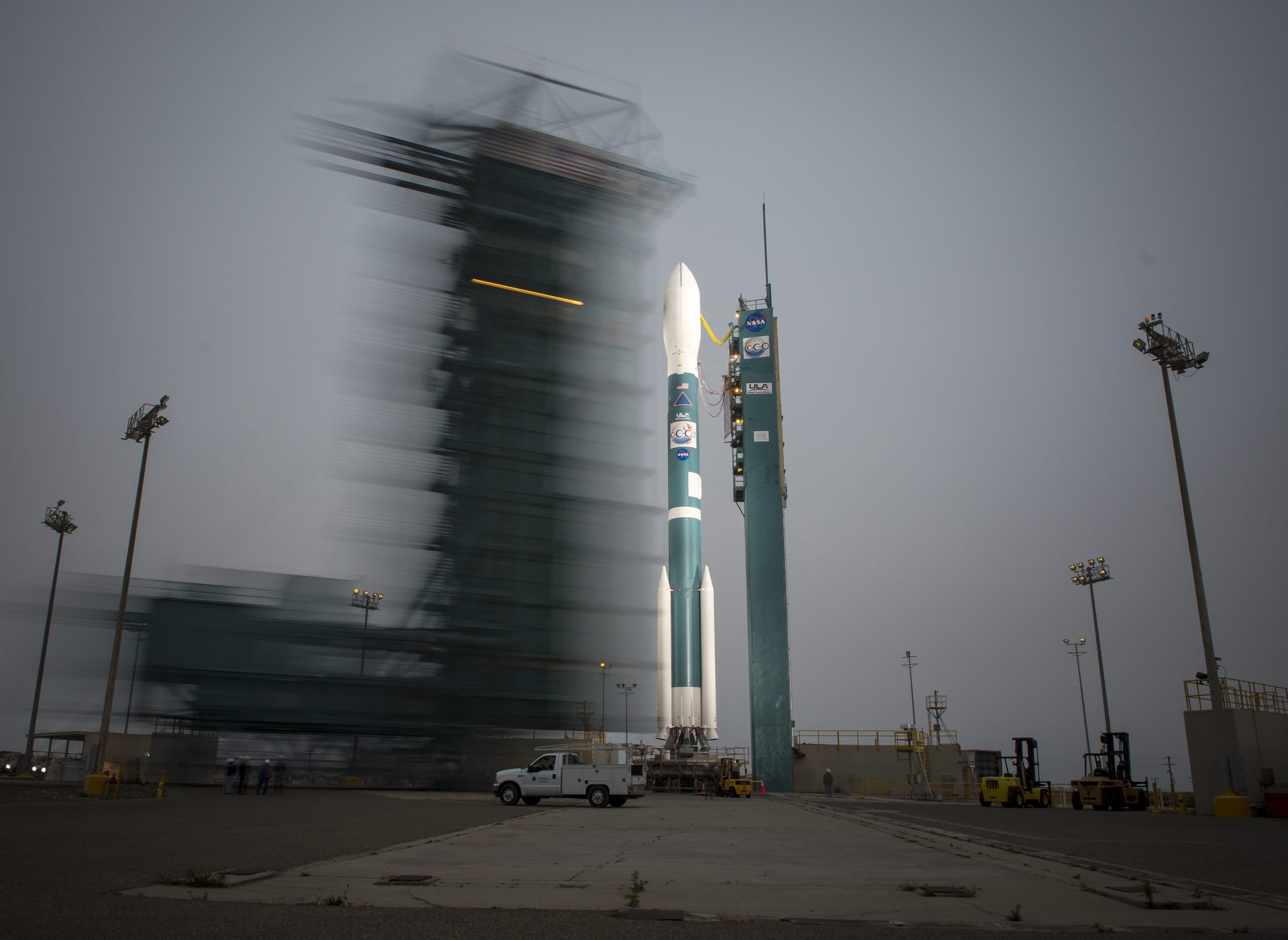
NASA’s aborted its launch of the Orbiting Carbon Observatory-2 (OCO-2) satellite on Tuesday due to equipment failure, delaying the takeoff until Wednesday, pending a review of the incident.
The carbon dioxide monitoring project was scrubbed at T-46 seconds when engineers noticed that the water suppression system, used to dampen the launch pad’s acoustic energy during the rocket’s launch, had failed, according to NASA’s Jet Propulsion Laboratory. If troubleshooting permits a second attempt, the United Launch Alliance Delta II rocket carrying OCO-2 will re-launch on Wednesday at 2:56 a.m. PDT at the Space Launch Complex-2 of Vandenberg Air Force Station, Calif.
The original OCO mission had crashed in 2009, when the rocket carrying the first satellite failed after takeoff to eject the payload fairing, a heavy cover that prevented the launch vehicle from achieving a high enough velocity to enter orbit.
In addition to monitoring the rocket’s mechanical functions, the OCO-2’s launch process must be finely calibrated to allow the satellite to achieve a perfect orbiting position in sync with five other Earth observing satellites. Thus, OCO-2 has only a 30 second window to launch. If missed — as was the case — NASA permits re-launches on succeeding nights.
OCO-2 will be NASA’s first mission to study the global carbon cycle.
More Must-Reads From TIME
- The 100 Most Influential People of 2024
- The Revolution of Yulia Navalnaya
- 6 Compliments That Land Every Time
- What's the Deal With the Bitcoin Halving?
- If You're Dating Right Now , You're Brave: Column
- The AI That Could Heal a Divided Internet
- Fallout Is a Brilliant Model for the Future of Video Game Adaptations
- Want Weekly Recs on What to Watch, Read, and More? Sign Up for Worth Your Time
Contact us at letters@time.com